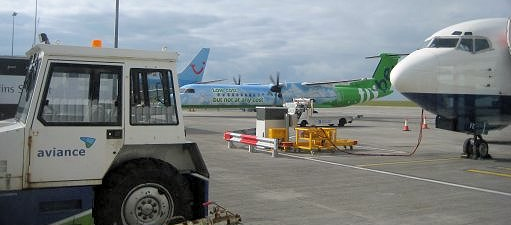
Transport departments and Transport Authorities have to nurture the state’s transport budget to achieve optimal results across a wide range of transport modes. The complexity of the challenges can often be dizzying, especially as they are subject to vociferous lobbying from a range of business and private organisations with strong opinions on the matter.
Our work often involves analysis of local and regional economies using a range of measures. Typically these include CAA data, population, employment and business structure, income and GVA, economic activity and unemployment. We have extensive experience in using data from official economic datasets. We understand both their strengths and their limitations – particularly for data below the national level.
Assessing the economic impacts of proposed or actual public sector investments is a significant area of work. Our assessments use a range of sources. These can include business plans, interviews with project officers and funding applicants, surveys of beneficiaries and other stakeholders, and secondary data and reports. We have extensive experience of calculating impacts at the local, regional and national levels, including the appropriate use of multipliers. A key element of the work is the assessment of net additional economic impacts: that is, the impacts attributable to the public sector intervention.
Changes in transport provision-such as changes to fares and frequency, the introduction of new services and provision of new infrastructure is another area that can benefit from review and fresh research. Robust evaluations are needed to assess whether particular interventions should continue and, if so, any changes that are required. Clients are also increasingly seeking a review of process issues and external factors, as well as sound assessments of economic impact.
